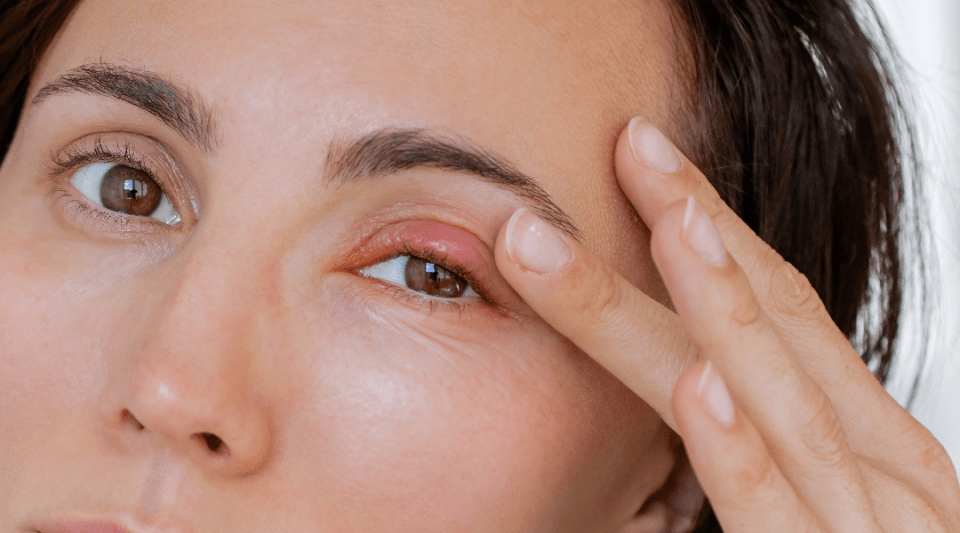There are many, diverse eyelid diseases. They range from malpositioning of the eyelid to tumours, through eye watering problems and many other pathologies. They are normally not very aggressive, are very common and can cause numerous eye problems, as well as aesthetic disturbances.
The cause of most of these eyelid disturbances is ageing, although there are also other triggering or aggravating factors: such as excessive manipulation of the eyelids or continued use of contact lenses, which can cause floppy eyelids, leading to malpositioning.
Main symptoms
These types of diseases may only cause an aesthetic problem, but other times the eyelid muscles can be affected, causing problems that can make vision difficult. Therefore, you have to be very aware of the first symptoms:
- Eye discomfort such as watering, itching and stinging.
- Itching.
- Stinging.
- Loss of vision, in some cases, advanced.
In addition, it is important to know how to detect the signs of possible impending eyelid disease:
- Drooping eyelid.
- Asymmetry between one side and the other.
- Presence of tumours of different size and appearance.
- Associated disturbances that affect the eye, in some cases.
Main eyelid diseases
The most common eyelid diseases are:
- Eyelid malposition. Such as drooping eyelid (palpebral ptosis), outward rotation of the eyelid (ectropion), inward rotation of the eyelid (entropion), eyelid retraction (typical in patients with thyroid-associated orbitopathy), facial paralysis or facial dystonia (blepharospasm and hemifacial spasm).
- Eyelid tumours. There are many tumours that can affect the eyelids. The majority are benign, such as warts or cysts. Malignant tumours (cancer) are also common in the eyelids, for example basal cell carcinoma and squamous cell carcinoma. Sebaceous cell carcinomas, Merkel cell carcinomas, melanomas, lymphomas, etc., may also be found. When any kind of tumour (lump) affects the periocular area, it is very important to see a specialist as soon as possible for an early diagnosis and to establish the appropriate treatment.
Although these diseases are usually resolved with pharmacological or surgical treatment without any major problems, it is essential to know how to detect them early and consult a specialist to assess the most appropriate treatment in each case.






